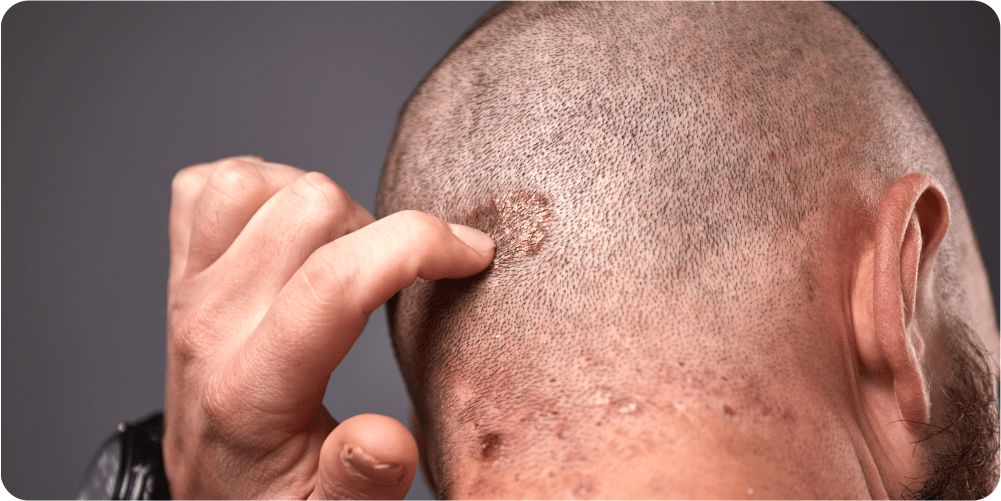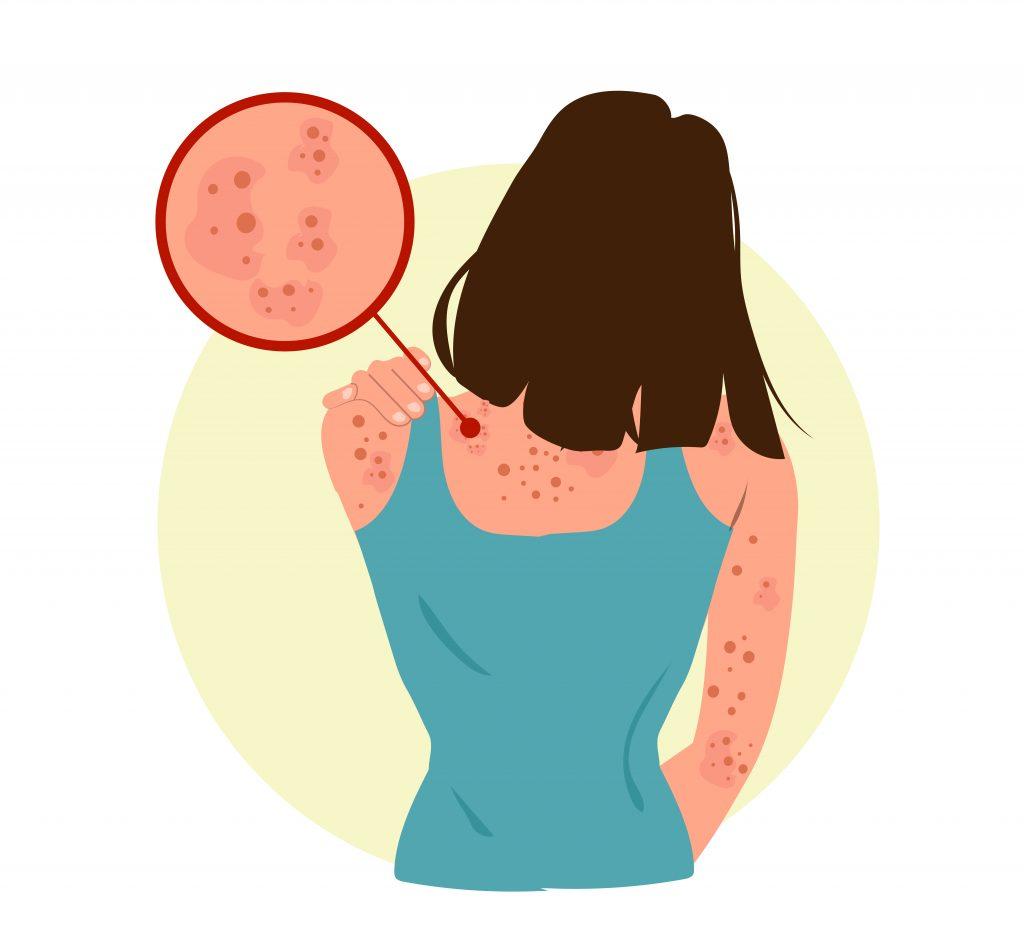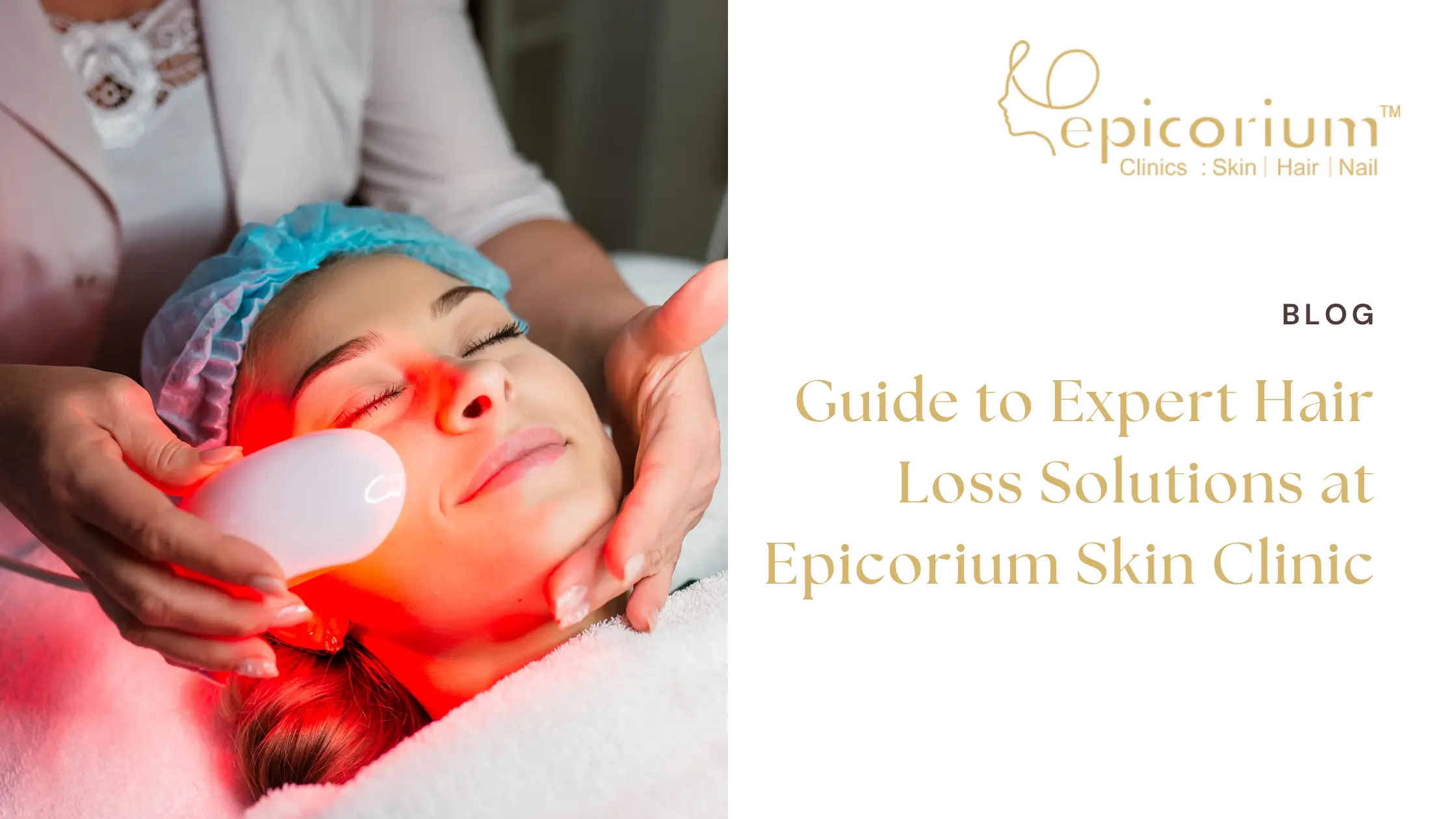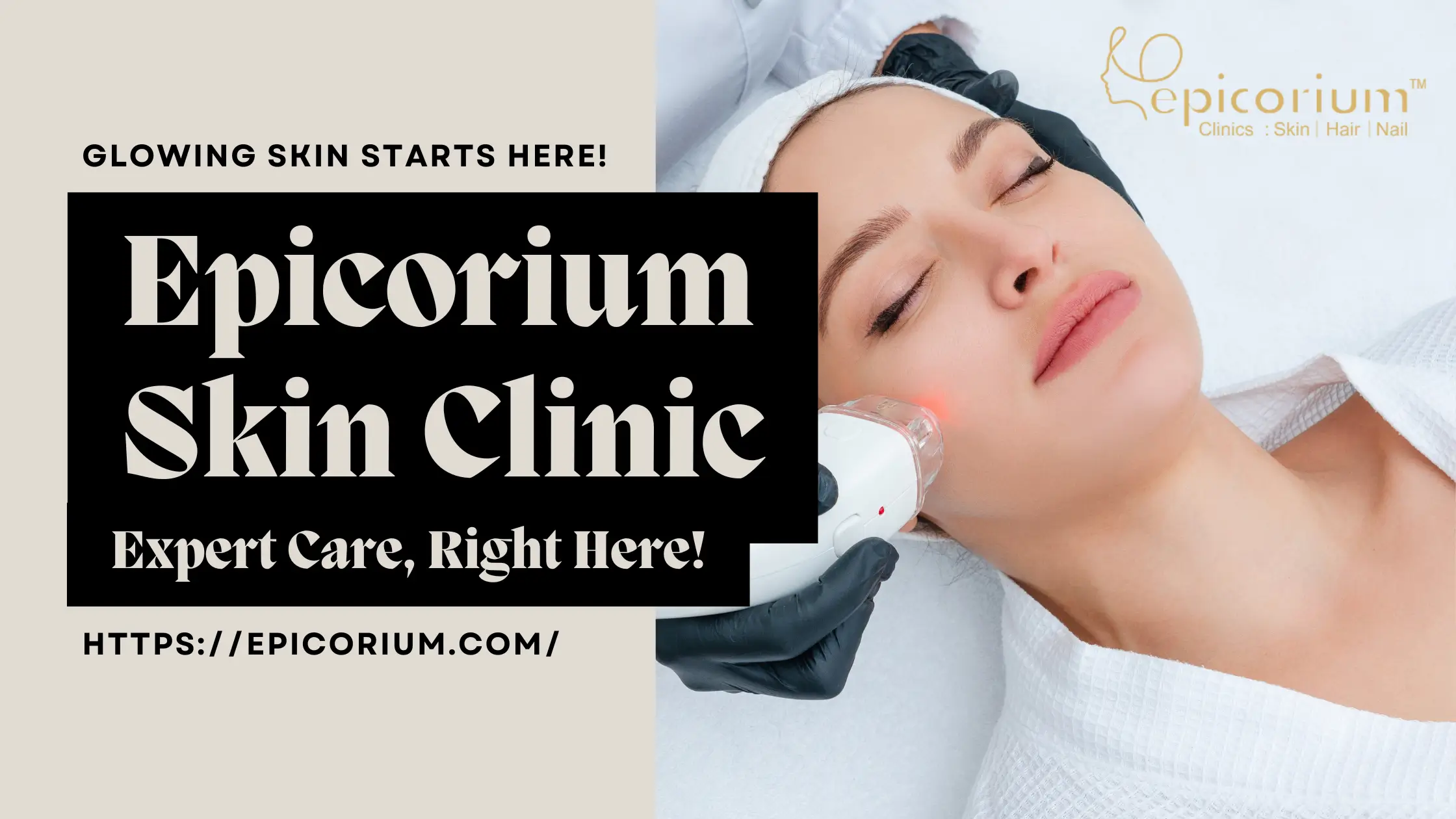
Intralesional therapy stands as a specialized medical approach, distinguished by its precision in delivering therapeutic substances directly into abnormal tissues, lesions, or localized disease areas within the body. This targeted injection method finds its applications primarily in dermatology, oncology, and several other medical fields.
In the realm of dermatology, intralesional therapy emerges as a crucial tool, effectively tackling an array of skin conditions. From keloids, which are elevated scars, to psoriasis, a persistent skin ailment, and even acne cysts and warts, this therapy proves invaluable. By administering injections directly into the affected skin lesions or nodules, the medication operates locally, exerting its healing influence precisely where needed, all the while sparing the rest of the body from unnecessary impact.
Read MoreIntralesional therapy stands as a specialized medical approach, distinguished by its precision in delivering therapeutic substances directly into abnormal tissues, lesions, or localized disease areas within the body. This targeted injection method finds its applications primarily in dermatology, oncology, and several other medical fields.
In the realm of dermatology, intralesional therapy emerges as a crucial tool, effectively tackling an array of skin conditions. From keloids, which are elevated scars, to psoriasis, a persistent skin ailment, and even acne cysts and warts, this therapy proves invaluable. By administering injections directly into the affected skin lesions or nodules, the medication operates locally, exerting its healing influence precisely where needed, all the while sparing the rest of the body from unnecessary impact.
We, at Epicorium, perform Intralesional therapy sessions led by a multi-disciplinary team of dermatologists. We assess the problem and then plan the injection with the best result. Let’s understand the definition and benefits of Intralesional therapy and why we are the best options for an intralesional treatment.

What is Intralesional Therapy?
The injection of a greater concentration of medicine directly into skin lesions without considerable systemic absorption is known as an intralesional treatment. The goal of this procedure is to create a subepidermal depot that avoids the surface barrier zone. Typically, multiple injections are required for diverse disorders, with time intervals varying depending on the condition treated. Intralesional or Intralesional steroid injection therapy (ILS), mostly triamcinolone acetonide, is a conventional treatment for numerous skin conditions, including keloids, alopecia areata, and circumscribed plaques of dermatitis.
When To Opt For An Intralesional Therapy?
Intralesional therapy injections have a varied success rate in treating a wide range of dermatological and non-dermatological illnesses. Intralesional steroid medication is most commonly used to treat excess scar tissue (hypertrophic or keloid scars), cystic acne, and alopecia areata (a form of hair loss). However, it may be prescribed by your dermatologist for a number of localized inflammatory illnesses, such as discoid lupus erythematosus and sarcoidosis. We specialize in Intralesional therapy for a variety of dermatological and non-dermatological skin concerns like:
- Localized psoriasis
- Alopecia areata
- Lichen simplex chronicus
- Necrobiosis lipoidica
- Discoid lupus erythematosus
- Small infantile haemangiomas
- Keloid/hypertrophic scar
- Granuloma annulare
- Other granulomatous disorders
- Hypertrophic lichen planus
- Acne cysts
- Inflamed epidermoid cysts
Why Choose Us For Intralesional Injection Therapy?
We at Epicorium believe in combining our experience with the best that science has to offer in order to create solutions that will help you look and feel your best. We offer a wide customer base with general dermatological requirements or diseases that require specialist knowledge.
Our Intralesional injection treatment process is generally safe and will NOT cause you to gain weight or acquire extra hair. The amount of steroids injected at any given time is minimal, and the danger of steroids absorbing into the bloodstream in sufficient quantities to cause internal adverse effects is quite low.
What Happens Immediately After The Treatment?
- Pain: The process is normally painless, while injections into some regions of the body, such as the palms and soles, might be painful.
- Bleeding: Blood spots may appear at the injection locations.
- Infection: Infection can be introduced by the injections on occasion, and this can develop into an abscess, necessitating antibiotic therapy.
- Allergic reaction: this is extremely rare, however, it may occur in one of the triamcinolone preparation’s ingredients.
Subsequent side effects:
- Atrophy (skin thinning): This is limited to the injected region and results in a modest dimpling of the skin surface. The skin may occasionally ulcerate.
- Telangiectasia is a condition in which the little blood vessels in the treated region become substantially more apparent than usual.
- Changes in pigmentation: the skin at and around the treatment site may lighten or darken in color, especially in those with dark skin.
- Treatment may be ineffective, and the problem may reoccur.
FAQs
Intralesional steroid injections (ILS), primarily triamcinolone acetonide, are a common therapy for a variety of skin conditions, including keloids, alopecia areata, and circumscribed plaques of dermatitis. [1] Though the therapy is typically safe, adverse effects such as local hypopigmentation and atrophy have been reported.
An intralesional injection is a medicinal material that is injected directly into a lesion or into the skin. The goal of an intralesional injection is to provide a high concentration of medication to the site of disease in order to maximize effectiveness while minimizing the drug's systemic side effects.
Our experienced dermatologist injects Intralesional triamcinolone straight into the skin lesion with a small needle after washing the injection site with alcohol or an antiseptic solution. To prevent creating a crater in the skin, the injection should be intradermal rather than subcutaneous.
A Double-Blind, Randomized Controlled Trial Shows That Intralesional Corticosteroid Injections Are Much less Painful Without Local Anesthesia
Intralesional steroids should not be used to treat active skin infections (eg, impetigo or herpes simplex). If there is a known triamcinolone allergy, they should not be utilized. Systemic steroids are utilized when substantial dosages of triamcinolone acetonide are administered as an alternative to oral steroids such as prednisone.



